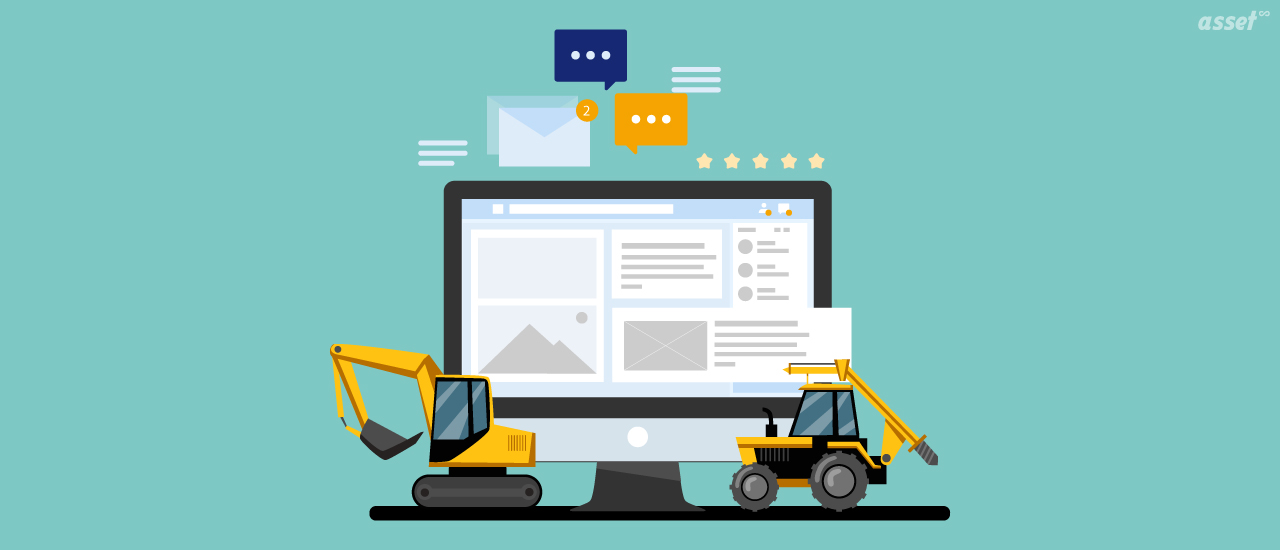Equipment management software is a comprehensive tool designed to help businesses, particularly those in the construction equipment, manufacturing, and logistics sectors, to efficiently manage their machinery and equipment.
This type of software streamlines the processes involved in monitoring, maintaining, and managing equipment, ensuring that these assets are used effectively, maintenance schedules are adhered to, and downtime is minimized.
The goal of using equipment management software is to extend the life of assets, optimize their usage, and, ultimately, to save time and reduce costs for the organization.
Understanding Equipment Management Software
At its core, equipment management software serves as a central repository for all information related to an organization’s physical assets. This includes purchase details, maintenance records, operation manuals, and usage logs.
By centralizing this data, the software makes it easily accessible to those who need it, when they need it. This accessibility is crucial for making informed decisions about asset utilization, maintenance, and procurement.
One of the key features of this software is its ability to schedule and track maintenance activities. Regular maintenance is essential for keeping equipment in good working order and extending its lifespan.
The software can alert managers when scheduled maintenance is due, track maintenance history, and even predict when maintenance or replacement will be needed based on usage patterns. This predictive capability can be particularly beneficial in avoiding unexpected equipment failures that can lead to costly downtime.
Another important aspect of equipment management software is its inventory management capabilities. It can track the location, status, and availability of equipment across multiple job sites or locations. This ensures that equipment is efficiently allocated, reducing the need for unnecessary purchases or rentals. Additionally, the software can manage rental agreements, leases, and warranties, ensuring that all contractual obligations are met and that any financial advantages are fully leveraged.
The Importance of Effective Equipment Management
For businesses that rely heavily on physical assets, effective equipment management is not just a matter of convenience; it’s a critical component of operational efficiency and financial success.
Well-maintained equipment runs more efficiently and is less likely to break down, reducing operational costs and increasing productivity. Moreover, by extending the life of equipment, companies can defer the substantial costs of purchasing new machinery.
Furthermore, equipment management software provides valuable insights into how equipment is being used. This data can inform strategic decisions about asset procurement and allocation, helping businesses to optimize their investment in equipment.
For example, if data reveals that certain pieces of equipment are consistently underutilized, the company might decide to sell them or not to replace them at the end of their lifecycle.
Implementing Equipment Management Software
The implementation of equipment management software requires careful planning and consideration. It’s essential to choose a software solution that aligns with the specific needs and processes of the organization.
This might involve customizing the software to fit unique operational workflows or ensuring it can integrate with other business management systems already in use, such as financial accounting or project management software.
Training is another critical factor in the successful implementation of equipment management software. Users at all levels, from field operators to top management, need to understand how to use the software effectively.
This includes knowing how to input and retrieve data, how to interpret the reports and analytics the software provides, and how to act on the insights gained.
Conclusion
In conclusion, equipment management software is an invaluable tool for businesses that rely on heavy machinery and equipment. It enhances operational efficiency, reduces costs, and provides valuable insights for strategic decision-making. While the implementation of such a system requires an upfront investment in time and resources, the long-term benefits in terms of cost savings, improved asset utilization, and extended equipment lifespans are well worth the effort.
For those in the construction sector, incorporating a specific solution like Construction Equipment Management Software can further tailor the system to the unique challenges and needs of the industry, ensuring that construction projects are delivered on time and within budget through optimal management of equipment assets.
